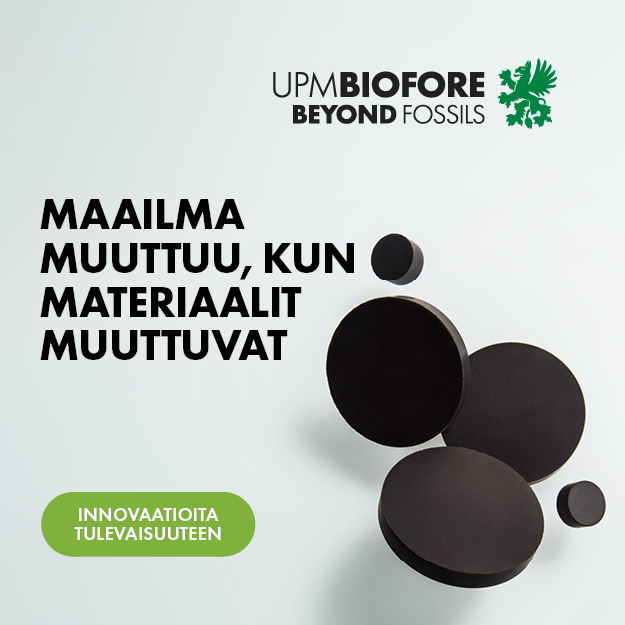Roquette introduces a new range of functionalized bio-polymers
“By using creative starch technologies and developing new processes, Roquette has developed a range of functionalized bio-polymers VECTOR® that allows reduction of global costs while optimizing the quality,” states Régis Houzé from Roquette Industrial Natural Polymers.
The evolution in the use of recycled fibers and closing of circuits helps to enrich the circuit’s soluble materials, mineral and organic, which can interfere with some starches with a low degree of substitution and so decrease the efficiency. The nature and concentration of dissolved solids vary from one paper to another. We must examine each circuit in order to use the type of cationic starch the most adapted and add it to the best introduction points, where the fiber is most receptive.

The example of Offset Paper, shows that the characteristics of a paper can be improved through the combined action of anionic VECTOR® IC 1412AS who raises the possibility of fixing the amount of wet end cationic starch by increasing the final characteristics while having a positive effect on the retention.
Example of Offset paper
100% virgin fibres – Offset paper
Reference: HI-CAT(R) : 6kg/t
– Receiving complaints on dusting
Result: introduction of 1.2 kg/t of VECTOR(R) IC1412A S-EXP:
– Increase of the cationic starch up to 10 kg.
- BURST +8& – SCOTT BOND + 15%
- Retention aid: -50%
- Reduction of dusting by 50%.
The cationic products are used in many application fields as ASA sizing and Tissue Paper. Here, as we are focused on wet-end efficiency, we would like to present a highly functionalized and highly cationic new biopolymer.
The example of Packaging Paper is the result of a paper machine producing packaging with a high level of anionicity (closed circuits, OCC pulp, etc.).
Example of Packaging Paper
The use of highly functionalized cationic product LAB 4202 decrease the water pollution and provide less deposits, a lowest level of broke and downgrade of paper.

We have a clear neutralization of anionic colloids with the introduction of LAB 4202. For the first dry kilos per ton of fibers, we have a reduction on SCD of 20% for each kf introduced.
In the same time, we are not impacting negatively the pulp as the Zeta Potential remains relatively stable at -7 mV.
When polymer amount increases, the cationic demand of the system approaches zero. The smaller the cationic demand is, the less the system contains anionic trash. According to the common knowledge, retention and drainage perform better in processes with low cationic demand as well as sizing chemicals.

The possible advantages can be achieved as:
- Reduction of steam consumption,
- Reduction of fresh water consumption,
- Reduction of broke,
- Etc.
Roquette states that these examples show how to develop solutions to optimize production with among others the new biopolymers. These products are highly functionalized, which on the one hand can improve the efficiency of wet end cationic starches and also to answer specific requests based on the nature of the system. According to Roquette the new VECTOR® biopolymers can be used in ASA sizing, Tissue, Decor paper, specialty papers and all classical paper range.
“Starch is a natural biodegradable polymer made from a renewable resource. As such it can be used as the feedstock to produce many products to substitute and replace products derived from petroleum. It is already used to produce plasticisers, encapsulating products and films not to mention bio-fuels.
The bio-refinery concept is not new to starch manufacturers but will certainly be developed over the years to come and many of the synthetic chemicals being used today in papermaking may well be replaced in the future by products derived from starch,” states Régis Houzé from Roquette.



